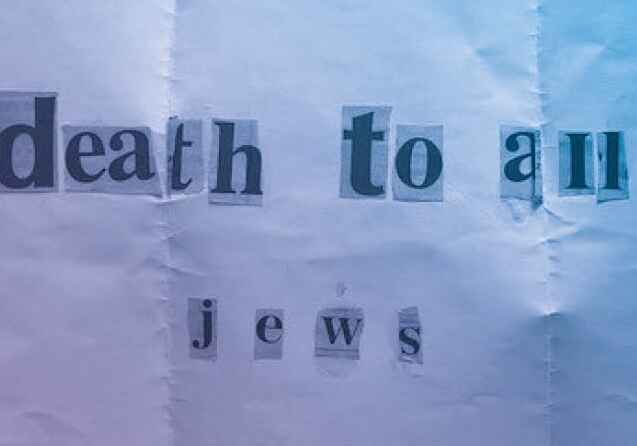CST Blog
Leaderless Resistance and lone wolves
11 June 2009

Stephen Tyrone Johns
The terrible news about the shooting at the Holocaust Museum in Washington D.C. last night, in which a security guard, Stephen Tyrone Johns, was murdered, is another reminder that terrorism can come from many sources. The perpetrator, James von Brunn, appears to have a long record of far right and antisemitic activity, and this latest attack follows a pattern of far right terrorism that is sadly not new, particularly in America.
Ten years ago, what the ADL dubbed a Season of Hate saw two shooting sprees by white supremacists: one atJewish Community Centre in Los Angeles, killing one person and wounding five more; and a series of drive-by shootings over three days in Illinois and Indiana, all by one person, which left two people dead and nine more injured.
There is a reason why this kind of attack seems to happen more in the United States than elsewhere, and not just because of the relative ease of obtaining guns. The whole mode of thinking behind this kind of lone wolf attack was developed in American far right circles, most notably by two highly influential writers and leaders: Louis Beam and William Pierce.
Louis Beam, a former Klan leader and Aryan Nations activist, wrote a seminal essay on Leaderless Resistance in the early 1980s, in which he advised:
As honest men who have banded together into groups or associations of a political or religious nature are falsely labeled "domestic terrorists" or "cultists" and suppressed, it will become necessary to consider other methods of organization--or as the case may very well call for: non-organization.
.
A system of organization that is based upon the cell organization, but does not have any central control or direction, that is in fact almost identical to the methods used by the Committees of Correspondence during the American Revolution. Utilizing the Leaderless Resistance concept, all individuals and groups operate independently of each other, and never report to a central headquarters or single leader for direction or instruction, as would those who belong to a typical pyramid organization.
Beam was also one of the first far right activists to recognise the power of the internet to facilitate this kind of activity. As early as 1985, while at the Aryan Nations, he set up a computer network to disseminate hate propaganda amongst white supremacists.

William Pierce, perhaps the better known of the two, was the leader of the National Alliance and author of the bible of neo-Nazi terrorism, The Turner Diaries, and a second book, Hunter, about a lone neo-Nazi shooter. The Turner Diaries became notorious after photocopied pages were found in the possession of Timothy McVeigh, after he was arrested for bombing the Alfred P. Murrah building in Oklahoma City in 1995, killing 168 people.
These methods are not limited to far right terrorists. One classic example of a lone wolf gunman involved a shooting by an American of Pakistani descent at the Seattle Jewish Federation in 2006, which killed one person and wounded five more. The Turner Diaries concludes make of this what you will with an airborne suicide attack on the Pentagon (although in the novel, the plane is equipped with a nuclear device). Some of the similarities of different forms of new terrorism are drawn out in this article by CSTs Mike Whine.
Having identified this type of terrorism primarily as a North American phenomenon, it should be no surprise to anyone that it has spread much further than that. Here in Britain, the violent neo-Nazi group Combat 18 were deeply influenced by this mode of thinking in the 1990s, but never managed to put it into practice in any sustained way. David Copeland, who killed three people and injured scores in a series of nail bombings in 1999, was influenced by The Turner Diaries, which had a wide circulation in UK far right circles in the 1990s. In just the past few years, David Tovey, Allen Boyce and Terry Collins, Mark Bulman, Martyn Gilleard, Jefferson Azevedo, Robert Cottage, Nathan Worrell and Neil MacGregor have all been convicted of offences involving explosives, terrorist plots, violent campaigns or threats to carry them out; all had a record of far right activity or sympathies. I am not the first to point out that few if any of these cases received the media coverage they would have, had the defendants been Islamist extremists. Yet neo-Nazi ideology, with hatred at its core, still has the capacity to inspire violent hatred, and even terrorism, amongst its followers.
Read More

Antisemitic Incidents Report January-June 2025
6 August 2025

CST Summer Lunch 2025
25 June 2025
CST Annual Dinner 2025
26 March 2025
